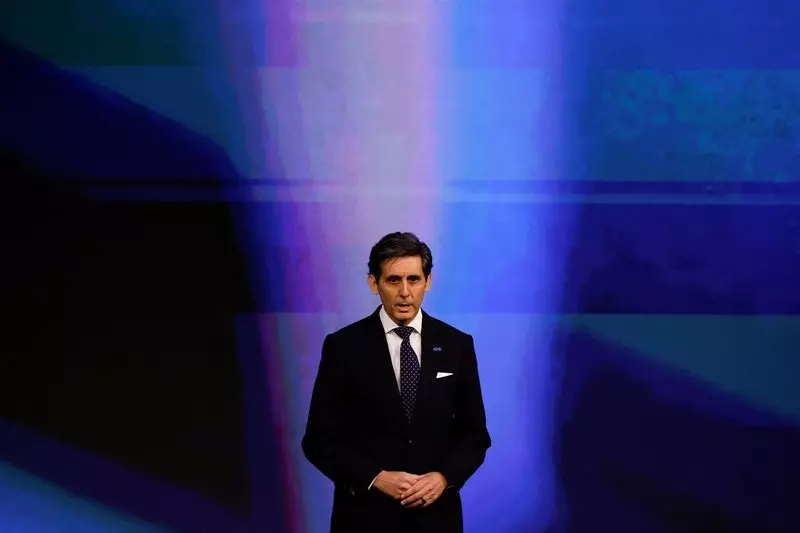Recent developments suggest a significant alteration in the leadership structure at Telefonica, one of Spain’s largest telecommunications companies. According to insider information shared with Reuters, SEPI, the Spanish state-owned investment fund, is advocating for the replacement of the current Chief Executive Officer, Jose Maria Alvarez-Pallete. Alvarez-Pallete has been at the helm since 2016, steering the company through various challenges in an increasingly competitive telecom landscape. The potential successor is Marc Murtra, who currently serves as the executive chairman of Indra, a defense contractor that is significantly tied to SEPI through ownership. This transition is poised to occur soon, pending a decisive board meeting, highlighting the urgent nature of this leadership review.
The proposed shift in leadership raises numerous questions about the future direction of Telefonica. As an established figure in the telecommunications realm, Alvarez-Pallete’s tenure has been marked by both advancements and obstacles. His leadership coincided with European telecommunications companies confronting stagnation in profitability due to relentless competition and substantial infrastructure demands, particularly related to the rollout of 5G technology. Under such conditions, it is crucial to consider whether the shift to Murtra, who has prioritized growth within defense sectors at Indra, can translate effectively to the telecom industry.
Moreover, the backdrop to this potential leadership change involves broader strategic moves by the Spanish government. By acquiring a substantial stake in Telefonica, the state has signaled a desire to play a more active role in the company’s governance, particularly amid competition from external investors like Saudi Arabia’s STC. This context suggests that the government’s influence may play a pivotal role in determining not only who leads Telefonica but also the strategic initiatives the firm will pursue under new management.
This impending leadership change does not exist in a vacuum. Shareholders will have to weigh in during the forthcoming general assembly, where they will determine Alvarez-Pallete’s fate. If Murtra assumes the role, stakeholders will be keenly observing how his leadership style and operational focus diverge or align with that of his predecessor. Given the growing military budgets across Europe and the increasing necessity for modern communications infrastructure, Murtra’s experience could be a double-edged sword. While his defense sector expertise may introduce vigor in external partnerships and technological advancements, it remains to be seen how that experience translates to navigating the fast-paced telecommunications arena.
Furthermore, Telefonica’s existing strategies, particularly the divestiture of mature assets to fund newer technology projects, will likely continue under Murtra. Such strategies are critical not only for sustaining operations but also for positioning Telefonica in an industry marked by rapid transformation and evolving consumer expectations. As the market continues to pressure traditional telecommunications firms, adapting to digital trends while maintaining a robust infrastructure becomes essential for competing against agile startups and tech giants.
Overall, the discussions surrounding the possible change at the top of Telefonica signify a crucial moment for the firm. The convergence of shareholder interests, government influence, and the fast-evolving telecommunications landscape suggests that the company may undergo profound changes in both leadership and strategic focus. As the situation develops, industry observers will closely follow the implications of these shifts, particularly their effects on Telefonica’s operational goals and market standing. Each decision made in the upcoming weeks could have lasting repercussions on the company’s trajectory in an uncertain global environment.

